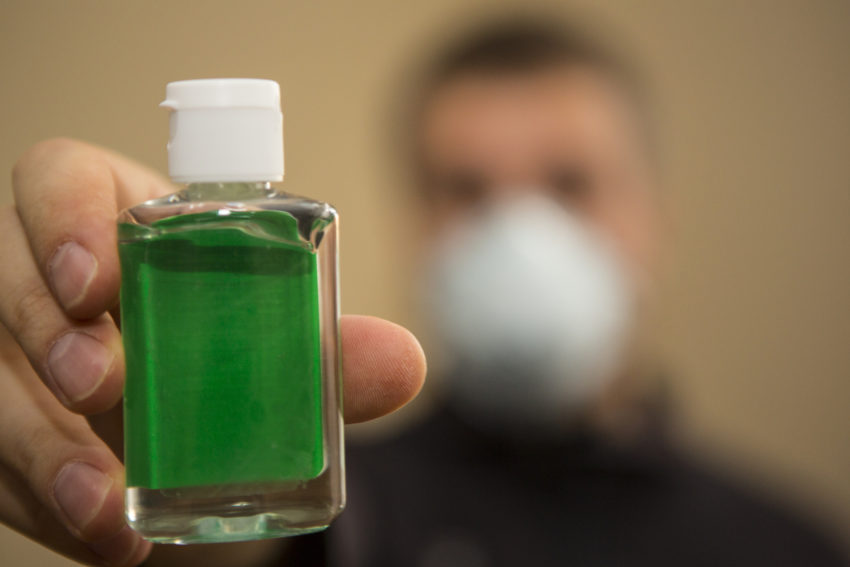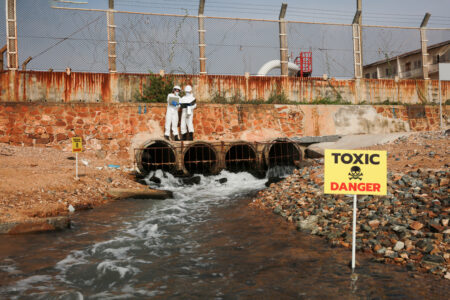
Share On Social!
Following a two-year review of hand sanitizer ingredients, the FDA finalized a rule that bans the use of 28 harmful substances from these products.
This regulation will only affect roughly 3% of sanitizers on the market, and the FDA has yet to ban three of the most common chemicals: benzalkonium chloride, ethyl alcohol, and isopropyl alcohol, according to CNN.
FDA officials said they would continue to seek information concerning those substances.
“Our action today aims to help provide consumers with confidence that the over-the-counter hand sanitizers they’re using are safe and effective when they don’t have access to water to wash with soap,” said Dr. Janet Woodcock, director of the FDA’s Center for Drug Evaluation and Research, in a press release last week.
“We’ve also reaffirmed our need for more data on three other active ingredients… to help the agency ensure that these products are safe and effective for regular use by consumers.”
What was the problem?
The FDA began its evaluation in 2016, to discover whether or not substances in hand sanitizer products were harmful, specifically for pregnant women and children.
The agency’s research led them to finalize this new rule.
If the FDA comes to a similar decision concerning the other three chemicals, it will impact a more significant portion of antiseptic gel manufacturers.
The decision will go into effect in April 2020, giving manufacturers a year to abide.
While the FDA deemed the 28 newly banned chemicals too harmful for human exposure, Richard Sedlak, The American Cleaning Institute’s (TCI) executive vice president of technical & international affairs, said most gels are safe for use.
“Consumers can continue to use hand sanitizer products with confidence as this regulatory process moves forward,” Sedlak said in a statement. “We will work to ensure that these products remain available to help people stay clean and healthy in homes, day care centers, restaurants, and offices across the United States.”
He went on to note that TCI and its members will continue to work with and provide information to the FDA to ensure product safety.
Why Should Latinos Care?
Influenza and pneumonia are among the top 10 causes of death in the Latino community, according to the CDC, yet Latinos are less likely than their peers to get a flu vaccine.
These viruses are spread mainly through person to person contact.
The CDC recommends using hand sanitizers as a way to protect the body from these sicknesses if soap and water are unavailable.
Still, Latinos already face other forms of harmful chemical exposure from their water, air, and even in some medical devices.
Taking every step possible to ensure product safety is vital to keep Latinos and all Americans free from the harm caused by toxic chemicals.
The FDA will continue to review the necessary items needed to make a final ruling on the remaining chemicals in question. The public and manufacturers will be able to submit information, comments, and data for 180 and 240 days, respectively.
“We believe industry has made good progress toward providing data and we will continue to provide updates to the public about the progress of collecting this data,” Woodcock said.
Editor’s Note: This article is part of a collaboration between Salud America! and the Hoffman Toxicant-Induced Loss of Tolerance (TILT) program at UT Health- San Antonio. To find out if you are TILTed due to exposure to everyday foods, chemicals, or drugs, take a self-assessment or learn more about TILT.
Explore More:
Chemical & Toxic ExposureBy The Numbers
1
Quick Survey
Can help you find out how chemically sensitive you are



